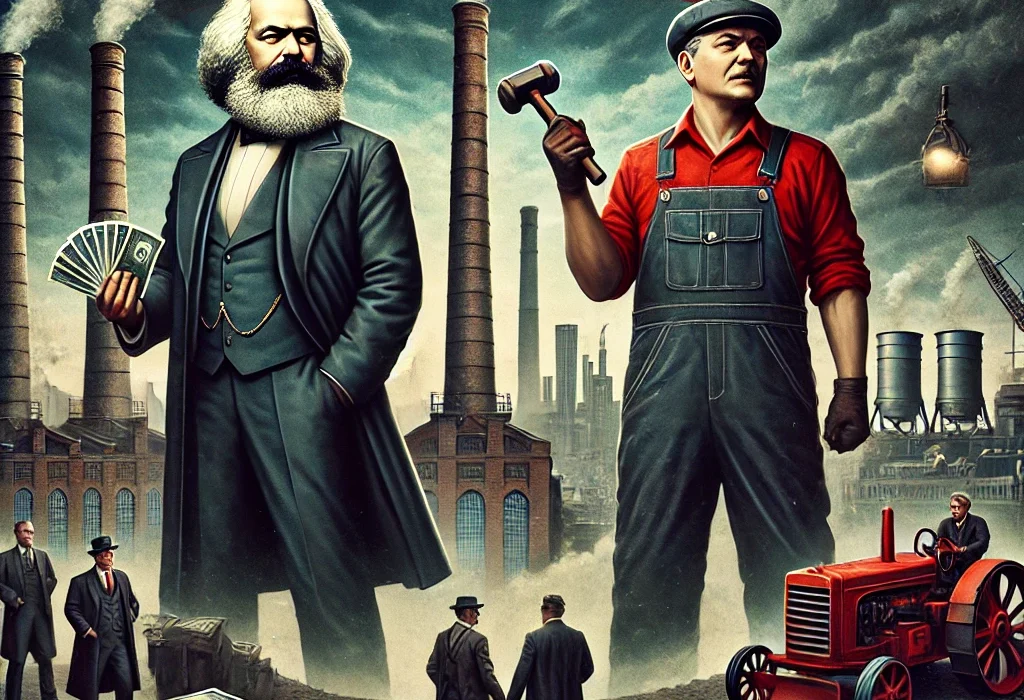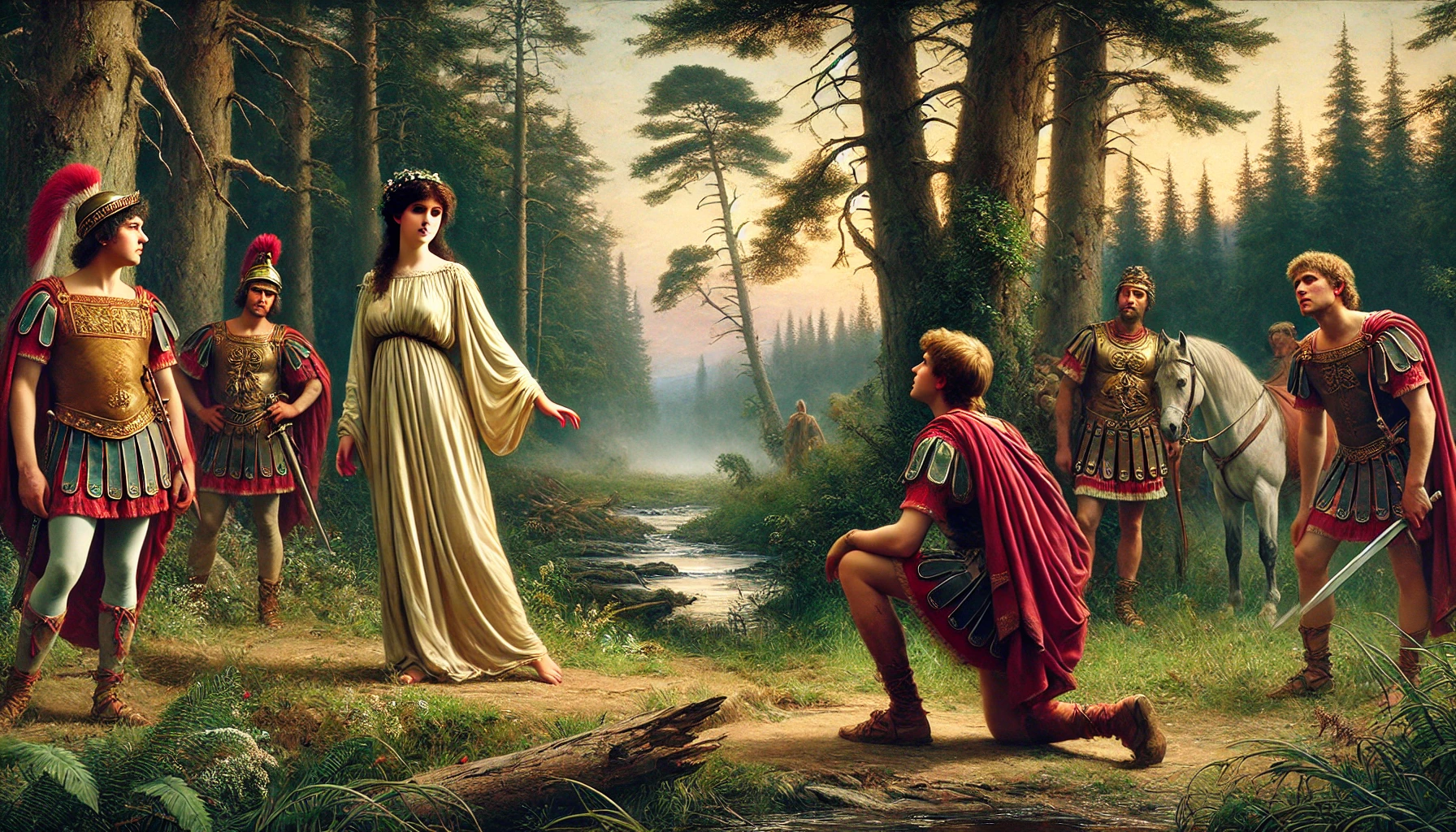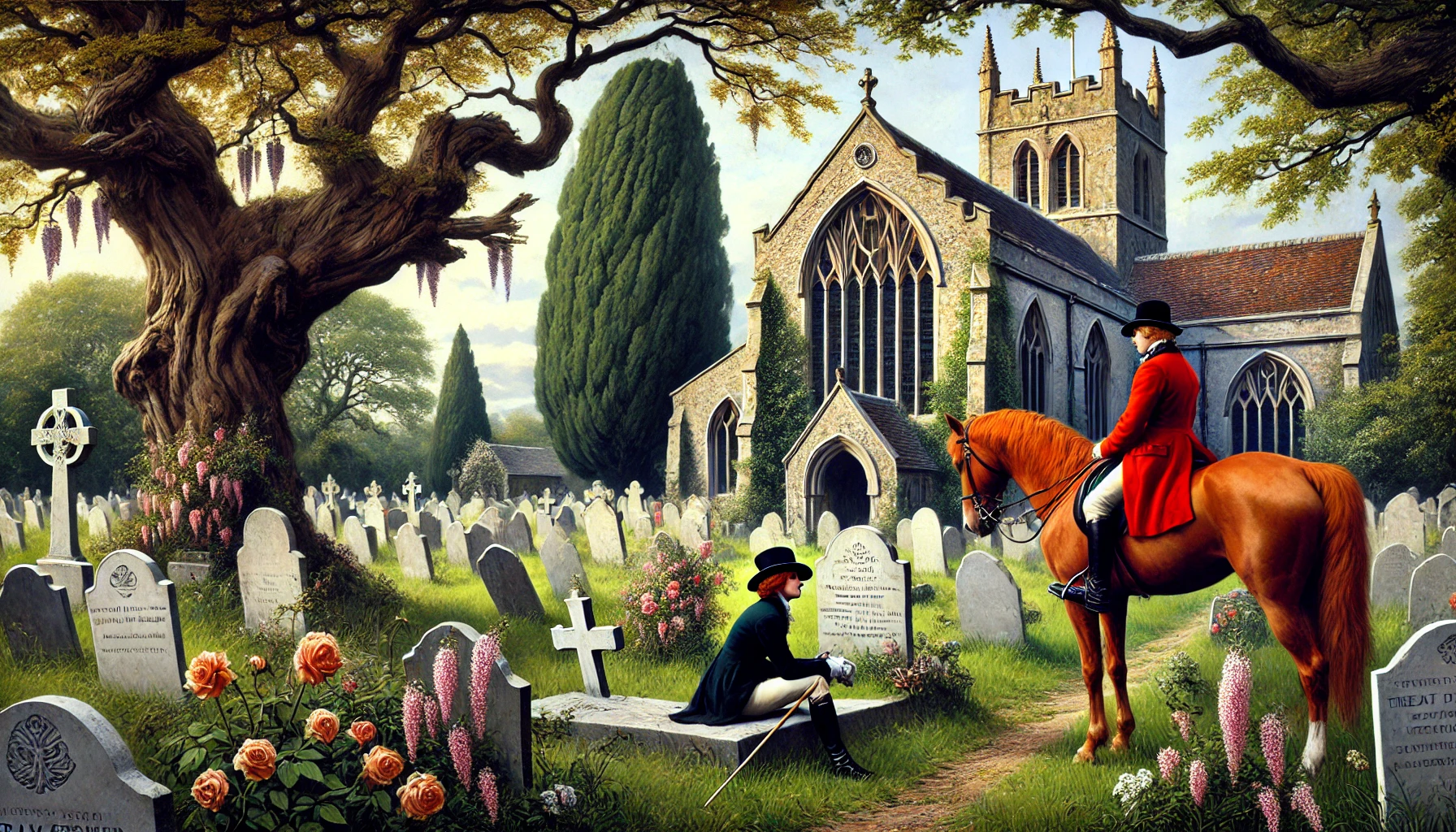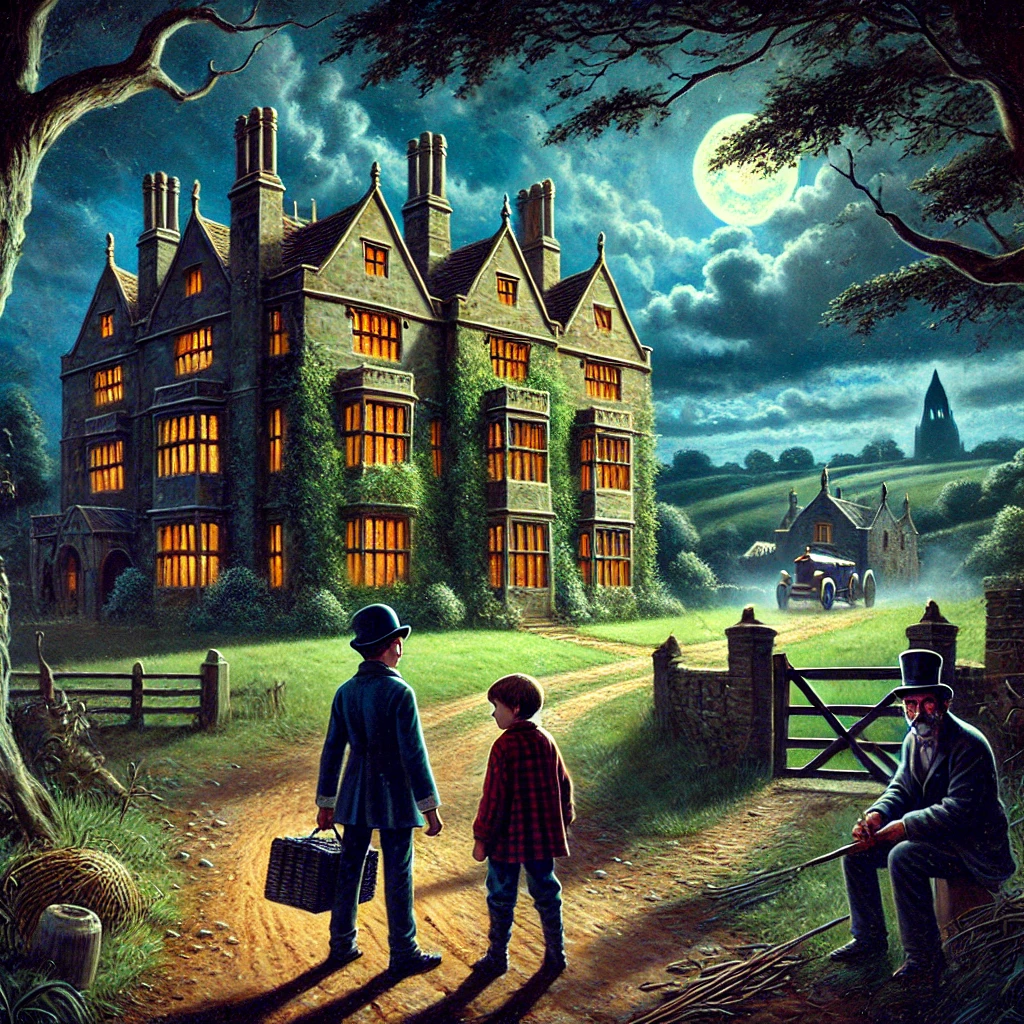The Communist Manifesto is a political pamphlet written by Karl Marx and Friedrich Engels, first published in 1848. It is one of the most influential political documents in history, laying the foundation for the theory and practice of communism. The manifesto provides a critical analysis of capitalism and its inherent class struggles, advocating for the overthrow of capitalist systems and the establishment of a classless, communist society.
Plot Summary
A specter haunts Europe—the specter of communism. All the great powers of Europe—kings, emperors, aristocrats, and priests—are terrified by this invisible force. They fear the rise of the people, the awakening of a class that has long been crushed under the heel of the powerful. This specter signals the end of their reign. The ruling classes have conspired to suppress this force, but the time has come for those who embody this specter to step forward and declare their purpose openly. It is time to lay bare the aims of communism.
History is a story of conflict. From ancient societies to the present day, there has always been a war between those who hold power and those who are oppressed. In ancient Rome, there were patricians and plebeians, masters and slaves. In the Middle Ages, there were feudal lords and serfs. Now, in the modern world, society is split into two opposing forces: the bourgeoisie and the proletariat.
The bourgeoisie, the capitalist class, did not always rule. They rose to power by dismantling the old feudal order. In their struggle against feudal lords, they revolutionized production and trade. They opened up new markets, exploited colonies, and turned guilds and small workshops into mighty industrial factories. At first, they played a progressive role, overthrowing monarchies and aristocracies, introducing modern governance, and establishing capitalist economies. But in the process, they also created their grave-diggers: the proletariat.
As factories grew, as machinery advanced, the working class multiplied. These workers—the proletarians—were stripped of ownership, reduced to mere sellers of their labor. They worked not to enrich themselves, but to feed the greed of the bourgeoisie. The bourgeoisie, driven by insatiable desire for profit, pushed the workers to their limits, exploiting them relentlessly. Yet, in doing so, they sowed the seeds of their own destruction.
The life of the proletarian is a life of suffering. Chained to the factory, working endless hours for meager wages, the proletarian is alienated from the product of his labor. The work he performs belongs to someone else; the wealth he creates enriches his oppressors. His existence is defined by struggle. When wages fall, when the bourgeoisie tightens their grip, the workers revolt. At first, these revolts are disorganized, spontaneous outbursts of frustration—factories are set ablaze, machines destroyed. But these uprisings are scattered, their power fragmented by competition between workers themselves. However, as the ranks of the proletariat swell and their hardships deepen, they begin to unite.
The bourgeoisie, in their insatiable quest for profit, revolutionize everything: the tools of production, the global markets, even the social and political institutions of nations. But this constant change creates instability. Periodically, the capitalist system is thrown into crisis. Markets collapse under the weight of overproduction—there is too much wealth, too much industry, yet millions starve. The crises expose the contradictions of capitalism, revealing a system that is no longer able to sustain the very people it exploits. The bourgeoisie, once revolutionary, have become reactionary, clinging desperately to a system that has outlived its usefulness.
Meanwhile, the proletariat grows stronger. With each crisis, with each struggle, the workers begin to understand their power. Their scattered struggles converge into a class movement. What was once a fight for better wages becomes a fight to overthrow the entire system. In country after country, the proletariat organizes, forming unions, political parties, and alliances. They recognize that their liberation can only be achieved by overthrowing the bourgeoisie, by seizing control of the means of production and abolishing private property.
The proletariat, unlike any other class before it, does not seek to dominate. Its goal is not to create a new ruling class, but to eliminate class distinctions altogether. It seeks to create a society where wealth and power are shared, where production is controlled by all, and where the state—an instrument of bourgeois rule—ceases to exist. The proletariat has nothing to lose but its chains.
As the proletarian movement gains strength, the Communist Party emerges as its vanguard. Unlike other political parties, the Communists do not have separate interests from the rest of the working class. They do not seek power for themselves. Their purpose is to advance the interests of the proletariat as a whole, to lead the workers toward revolution. The Communists understand the historical forces at play and the inevitability of capitalism’s collapse. They push the proletariat to rise above national divisions, to see that their true enemy is the capitalist class, not other nations or ethnic groups.
In their struggle against the bourgeoisie, the proletariat will be forced to wrest control of the state and use its power to suppress the remnants of the old ruling classes. The working class must centralize the instruments of production, redistribute wealth, and abolish all the laws and institutions that uphold bourgeois property. The revolution will be a global one, for capitalism itself is a global system. But once the conditions of class exploitation are eradicated, the state will wither away, and a new society will be born—one based on the free association of all people.
In this new world, there will be no more wars fought for the profits of a few. There will be no more exploitation, no more alienation. Humanity will no longer be divided into classes, and the wealth of society will be enjoyed by all. The development of each individual will become the condition for the free development of all. This is the promise of communism, and it is inevitable.
The ruling classes may tremble at the thought of this revolution, but they cannot stop it. The proletarians have nothing to lose but their chains. They have a world to win.
Main Characters
The Bourgeoisie: Representing the capitalist class, the bourgeoisie controls the means of production and exploits the working class (proletariat) for profit. Throughout the manifesto, Marx and Engels describe the historical rise of the bourgeoisie and its revolutionary role in overturning feudal structures, but they also critique it for creating class inequalities and economic crises.
The Proletariat: The working class, or proletariat, is portrayed as the oppressed class that sells its labor to the bourgeoisie for wages. As capitalism evolves, the proletariat is subjected to worsening conditions, leading to a revolutionary consciousness. The manifesto argues that the proletariat will ultimately rise up to overthrow the bourgeoisie and create a classless society.
The Communist Party: While not a traditional character, the Communist Party in the manifesto represents the political organization that seeks to unify the proletariat, articulate their interests, and lead them in the revolutionary struggle against capitalism. The party does not have separate interests from the working class but aims to represent the collective interests of the proletariat.
Theme
Class Struggle: Central to the manifesto is the concept of historical materialism, which posits that all history is the history of class struggles. Marx and Engels describe a continuous conflict between oppressor and oppressed, culminating in the inevitable confrontation between the bourgeoisie and proletariat under capitalism.
Alienation of Labor: The manifesto emphasizes how the capitalist system alienates workers from the products of their labor, reducing them to mere cogs in the machinery of production. This dehumanization, Marx argues, can only be resolved by abolishing private property and wage labor.
Revolution: Marx and Engels argue that the contradictions within capitalism will inevitably lead to its downfall, as the working class becomes more impoverished and discontented. The manifesto calls for a proletarian revolution, in which the working class will seize control of the means of production and establish a dictatorship of the proletariat as a step toward a classless society.
Abolition of Private Property: The manifesto advocates for the abolition of bourgeois private property, arguing that private ownership of the means of production is the root of exploitation and inequality. In its place, Marx and Engels propose collective ownership to ensure that resources and wealth benefit all of society.
Writing Style and Tone
The writing style of The Communist Manifesto is highly rhetorical and polemical. Marx and Engels use powerful, persuasive language to critique capitalism and advocate for revolutionary change. The text is filled with vivid imagery and strong metaphors, such as the famous opening line: “A spectre is haunting Europe—the spectre of communism.” This dramatic tone helps convey the urgency of their message and mobilizes readers toward action.
The tone of the manifesto is confrontational and defiant, particularly toward the bourgeoisie and defenders of capitalism. Marx and Engels do not merely analyze capitalism but seek to rally the proletariat to overthrow it. At the same time, the manifesto also adopts a didactic tone when explaining key concepts, such as class struggle and the historical development of capitalism. It aims to educate the working class about their plight and empower them to challenge the system that oppresses them.
We hope this summary has sparked your interest and would appreciate you following Celsius 233 on social media:
There’s a treasure trove of other fascinating book summaries waiting for you. Check out our collection of stories that inspire, thrill, and provoke thought, just like this one by checking out the Book Shelf or the Library
Remember, while our summaries capture the essence, they can never replace the full experience of reading the book. If this summary intrigued you, consider diving into the complete story – buy the book and immerse yourself in the author’s original work.
If you want to request a book summary, click here.
When Saurabh is not working/watching football/reading books/traveling, you can reach him via Twitter/X, LinkedIn, or Threads
Restart reading!








